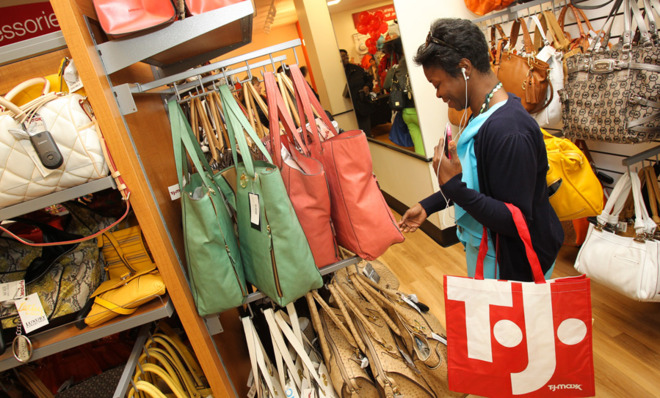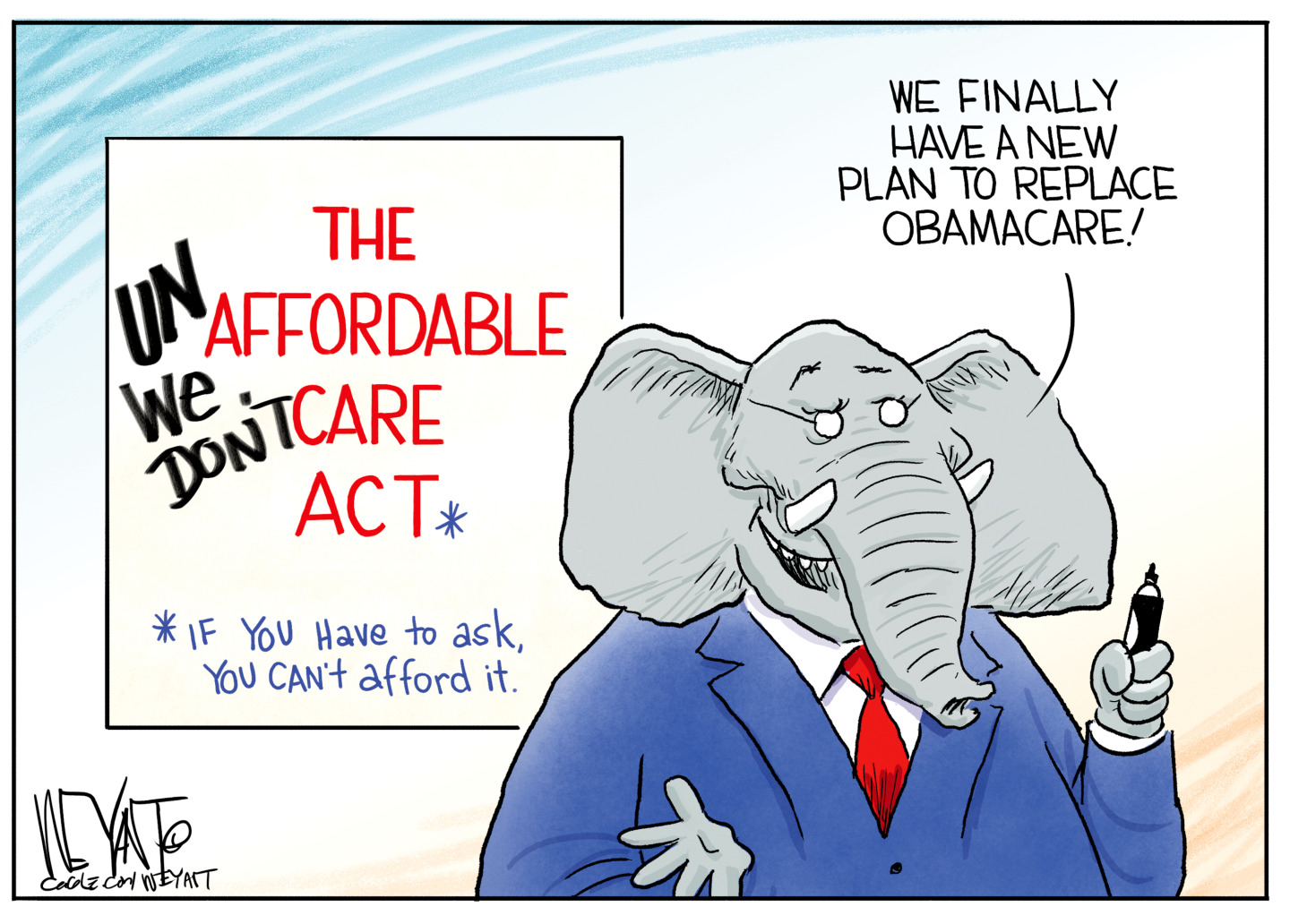Bargain fever: The new secrets of shopping in a discounted world
We're living in a Gilt'ed Age


Discount shopping. There was a time when that phrase conjured images of obsessive coupon clipping and digging through sad-looking — and jam-packed — sales racks.
But if you’re to believe Mark Ellwood, who spent two years researching his new book, "Bargain Fever: How to Shop in a Discounted World," those rules no longer apply to modern-day bargain shopping.
According to the author, not only have the amount of promotional sales being offered rapidly spiked in the past 10 years, but thanks to high-end flash sales hosted by the likes of online discounters Gilt Groupe and One King’s Lane, the types of items that you can snag at a discount are far more luxurious and upscale nowadays.
The Week
Escape your echo chamber. Get the facts behind the news, plus analysis from multiple perspectives.

Sign up for The Week's Free Newsletters
From our morning news briefing to a weekly Good News Newsletter, get the best of The Week delivered directly to your inbox.
From our morning news briefing to a weekly Good News Newsletter, get the best of The Week delivered directly to your inbox.
So what are the new rules that consumers need to know before they hit these plum sales? That’s the question we posed to Ellwood, who shared his top tips for conquering today’s brave new (discounted) shopping world.
LearnVest: What are the biggest differences about bargain shopping today?
Ellwood: The total mindset has changed: The new normal is that anyone who pays full price feels ripped off. Ten years ago, retailers put about 10 percent to 15 percent of their products on sale. Now, between 40 percent and 45 percent of inventory sells at some kind of promotional price, so the number of items on sale has more than doubled in a decade.
Also, in the past, something that was on sale was usually seen as inferior. Now slashing prices is a tool of even the most upscale retailers. Look at sites like Rue La La, which have made high-end shopping at a low price very chic. And retailers like T.J. Maxx are bursting with high-end designer labels, so it’s no longer embarrassing to say, "I got this on sale!"
A free daily email with the biggest news stories of the day – and the best features from TheWeek.com
I recently saw a study saying that, in the past few years, the biggest uptick of people who only buy clothes on sale has been among those who earn $150,000 or more. Bottom line: Looking for discounts isn’t about being rich or not. It’s about being smart. And everyone wants to be smart.
You say that biology influences our need to score the best deal. How so?
We often hear about dopamine, a hormone that has gotten a reputation as just a hedonistic, feel-good juice — but it’s more complex than that. We actually get a dose of it when something unexpectedly great happens. So, in a money sense, when we see an unexpected bonus (read: A marked-down sales tag), our brains get filled up with dopamine, and we can’t help but react to that. And since dopamine is very addictive, the more we have, the more we want to chase additional bargains.
How do retailers try to pull the wool over our eyes nowadays?
Stores like to use this trick called "goldilocks pricing," by promoting a price to seem better than it actually is through context. For example, you’ll notice that TVs are often displayed in a trio. If stores offered just a pair of similar items, the shopper would be drawn to the cheaper one. But with a trio, they’ll gravitate to the midpriced option. It’s the same reason why gas prices are displayed in threes.
The simplest thing you can do to make yourself less susceptible to this tactic? Mull over the purchase in a neutral environment. So walk into the clothing section, where you’ll be able to assess the price more clearly — and short-circuit that pricing trick.
So what are your favorite tips for scoring the best price?
Of all the possible ways to get a discount, the best is the spontaneous request. For example, my friend was about to pay for a $50 frame the other day. Just before the sales associate rang her up, my friend said, ‘I’m sorry, but I should have asked: Would there be any kind of discount on this?’ And the sales associate said, ‘Yes, I can take 15 percent off. Would that work for you?’
Ask nicely and you’ll be blown away by how many "secret" deals are out there — and how willing stores are to give them. Sometimes it’s as simple as asking if there’s a discount for paying in cash.
My second favorite tip is to use an online tool called PoachIt. You install it on your web browser, and when you’re shopping online, it pulls up coupons for that product. Also: Whenever you leave something in a cart online, the retailer will do anything to make you come back — that usually means you can expect to receive a promotional email with a discount in a day or so.
When can a discount actually work against you?
Sometimes discounts make us spend more. If you see a "20 percent off" sign in a store, and you go in and buy something, that’s not a deal anymore. It’s just the store’s way of luring you inside to make a purchase. Personally, I wouldn’t buy anything that wasn’t at least 30 percent to 50 percent off. But, again, the best discounts are on the items that you planned to buy — not the ones you were drawn to because they were on sale.
What’s the biggest mistake buyers make when it comes to bargains?
Not realizing that there are bargains everywhere — and the best are often the ones that you don’t see. Just because it doesn’t look like it’s on sale doesn’t mean that it isn’t. And even when it is on sale, you can often wrangle an additional markdown. For example, ask for a "friends and family" discount, which, in many cases, is no longer private and open for anyone to use. The point is that you should never pay full price for anything ever, ever … ever.
More from LearnVest...
-
 A luxury walking tour in Western Australia
A luxury walking tour in Western AustraliaThe Week Recommends Walk through an ‘ancient forest’ and listen to the ‘gentle hushing’ of the upper canopy
-
 What Nick Fuentes and the Groypers want
What Nick Fuentes and the Groypers wantThe Explainer White supremacism has a new face in the US: a clean-cut 27-year-old with a vast social media following
-
 5 highly amusing cartoons about rising health insurance premiums
5 highly amusing cartoons about rising health insurance premiumsCartoon Artists take on the ACA, Christmas road hazards, and more